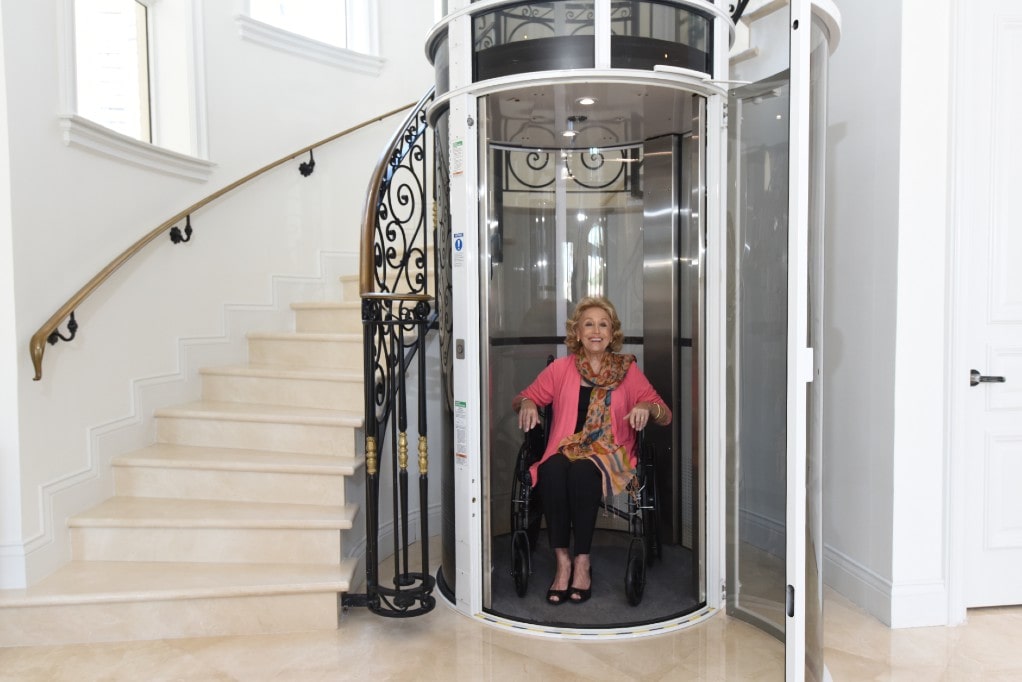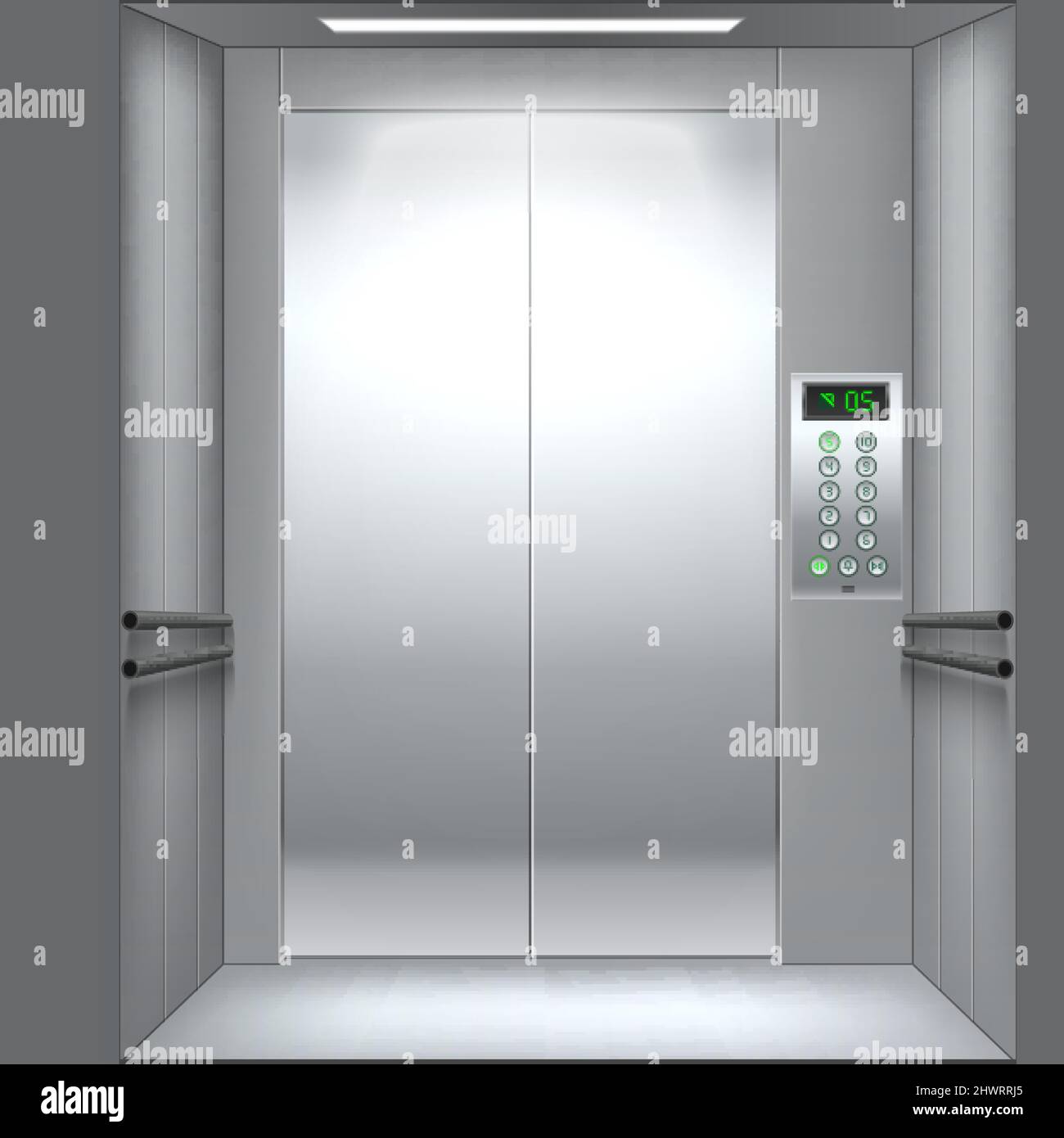Looking Into the World of Elevators: Typical Concerns Encountered by Numerous Lift Devices
As we browse via the vertical transportation systems of modern buildings, elevators attract attention as an important component of our every day lives. Nonetheless, behind their seamless operation exists a world of intricate mechanisms that can sometimes encounter difficulties. From hydraulic lifts to traction systems and machine-room-less layouts, each lift type comes with its set of typical problems. Comprehending these obstacles is important for ensuring the smooth functioning of these crucial systems. Let's discover the intricacies that underlie the operation of lifts and the prospective issues that can emerge, clarifying the elaborate web of lift devices.
Hydraulic Lifts
Hydraulic lifts, usually liked for low-rise structures, utilize fluid pressure to regulate the movement of the lift vehicle (lift repair companies). This device entails a hydraulic pump pushing oil into a cyndrical tube, triggering the elevator to relocate the desired instructions. While hydraulic lifts are understood for their peaceful and smooth procedure, they do feature their own set of common problems
One widespread trouble with hydraulic elevators is oil leakage. In addition, problems with the control system, such as defective shutoffs or a malfunctioning pump, can trigger disturbances in the elevator's activity.
Routine maintenance and punctual repairs are necessary to ensure the smooth functioning of hydraulic elevators. By resolving these common concerns proactively, structure proprietors can lessen downtime and make certain the safety and effectiveness of their vertical transport system.
Grip Elevators
When thinking about upright transport systems in buildings, one more common kind besides hydraulic lifts is the grip elevator. Traction lifts run making use of a system of ropes and weights that move the elevator auto by clutching onto the hoist ropes. This mechanism enables smoother and quicker upright transportation contrasted to hydraulic systems.
One of the common concerns faced by grip lifts is rope wear. The constant activity of the ropes within the traction system can lead to tear and put on with time, possibly triggering the elevator to malfunction or become hazardous for usage. Routine evaluations and maintenance of the ropes are essential to make sure the elevator's correct performance and safety.
An additional issue that grip lifts may encounter is connected to the control system. Issues with the control system can lead to concerns such as unpredictable motion, delays in reaction times, or perhaps total closures. Normal screening and maintenance of the control system are important to avoid such issues and ensure the elevator's integrity.
Machine-Room-Less (MRL) Elevators

One of the crucial elements of MRL lifts is the compact gearless grip maker that is installed within the hoistway. This equipment effectively drives the lift auto without the requirement for cumbersome devices found in typical grip elevators. Furthermore, MRL elevators commonly utilize a counterweight system to stabilize the auto, additional enhancing their power effectiveness.
Despite their benefits, MRL click elevators might face difficulties related to repair and maintenance as a result of the restricted room for devices installation. Access for servicing components within the shaft can be restricted, needing specialized training for technicians. Proper upkeep timetables and routine assessments are vital to ensure the ongoing smooth procedure of MRL elevators.
Overloading and Weight Limitation Issues
Are elevators furnished to handle excess weight lots efficiently and securely? Overloading and weight limitation concerns are vital concerns in elevator operations. Lift producers style lifts with certain weight abilities to ensure passenger security and devices long life. Exceeding these weight limitations can cause different troubles, including mechanical failures, delays, and safety dangers.
When lifts are strained, it puts excessive strain on the motor, cables, and other components, possibly triggering failures or breakdowns. Safety and security devices such as sensors and overload sensing units are in area to stop elevators from moving if they identify excess weight. In addition, surpassing weight limits can cause increased power consumption and damage on the elevator system.
To minimize overloading concerns, building supervisors should plainly present weight limitations in lifts and educate passengers on the significance of sticking to these restrictions - lift repair companies. Routine upkeep checks by qualified technicians can likewise assist ensure that elevators are running within safe weight specifications. By resolving overloading and weight limit concerns proactively, building owners can improve elevator safety and performance
Electric System Failures
Surpassing weight limitations in elevators can not only lead to mechanical problems however also potentially contribute to electric find this system failings within the lift facilities. Electric system failings are a critical issue in elevator procedure, as they can create unexpected shutdowns, breakdowns, or even safety risks.
Normal maintenance and examinations are important to determine and resolve possible electrical concerns promptly, making certain the safe and reliable procedure of elevator systems. By sticking to weight limitations and carrying out routine electrical system checks, building proprietors can minimize the danger of electrical failures in lifts.
Conclusion

Hydraulic elevators, usually liked for low-rise structures, use fluid pressure to regulate the activity of the lift cars and truck.When thinking about vertical transport systems in site buildings, another usual kind aside from hydraulic elevators is the traction lift. Grip elevators run making use of a system of ropes and counterweights that relocate the elevator vehicle by grasping onto the hoist ropes. Unlike standard lifts that need a separate device room to house the equipment, MRL lifts incorporate most of the parts within the shaft, eliminating the demand for a dedicated equipment area.In final thought, lifts deal with usual issues such as hydraulic malfunctions, grip system failings, and electric system problems.